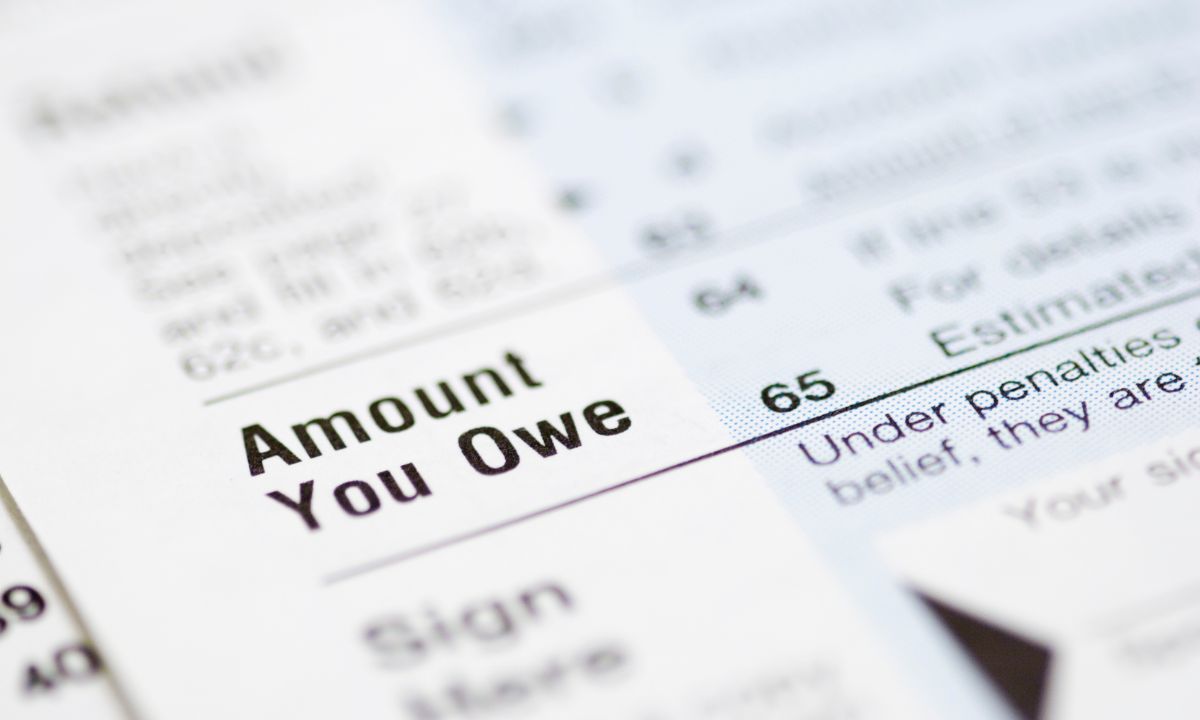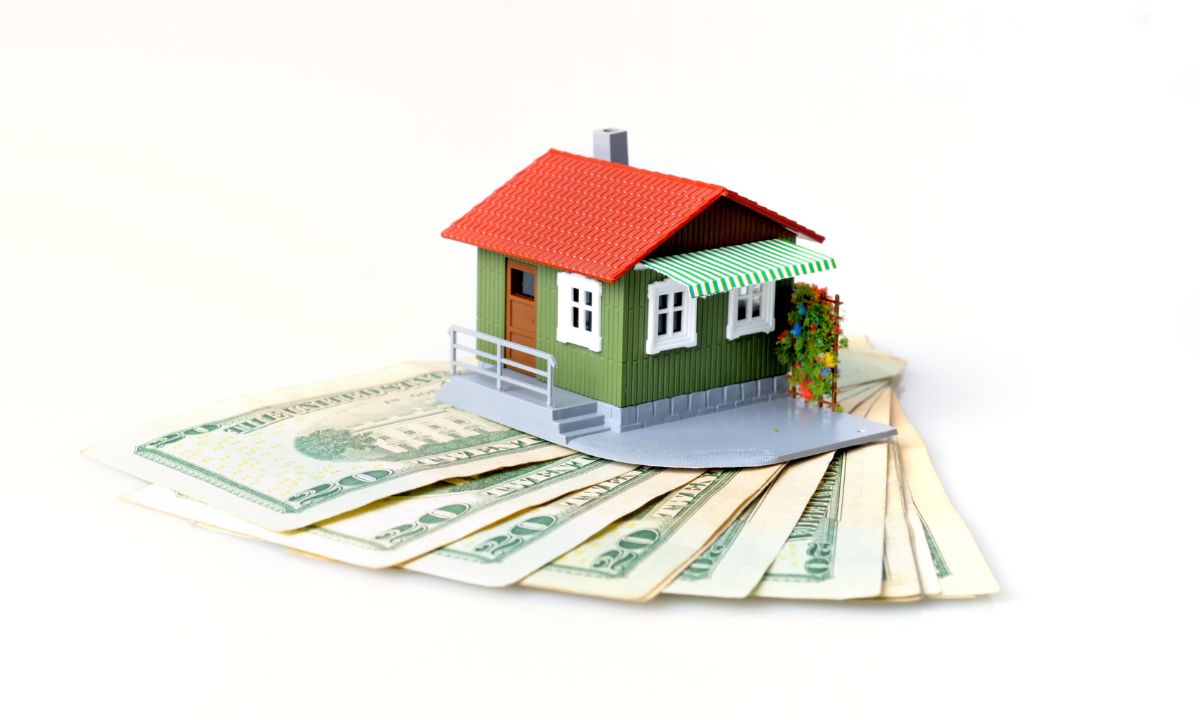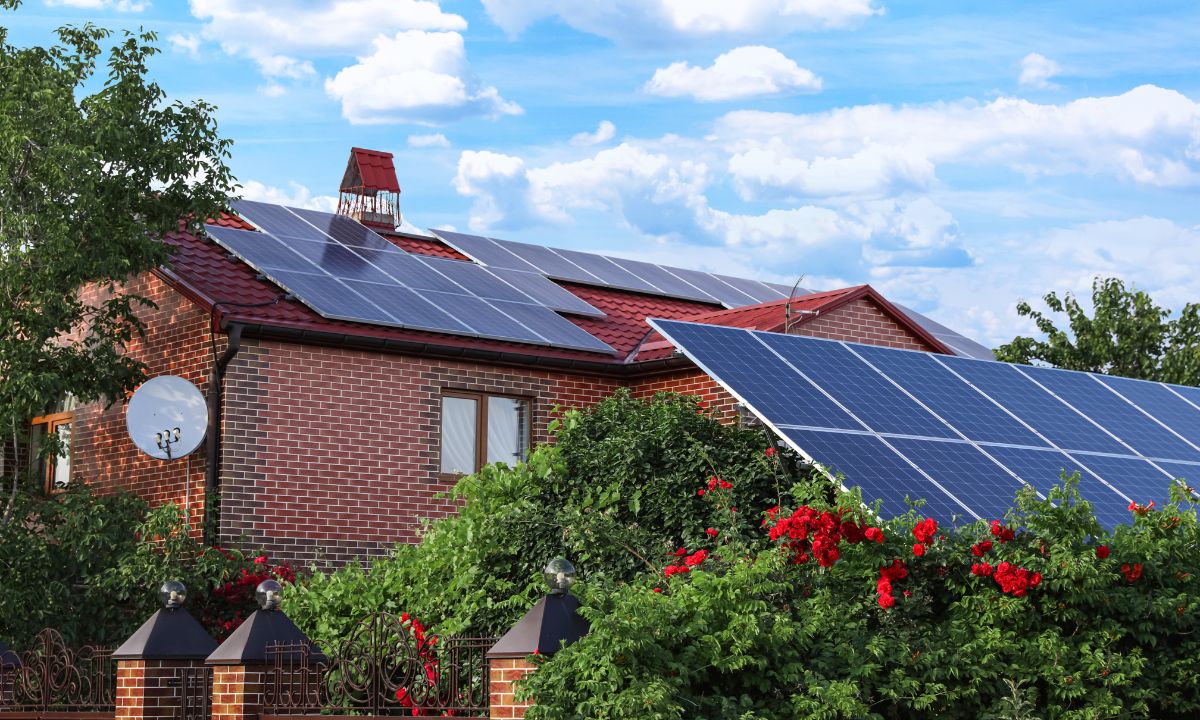 Purchasing your first home is an exciting milestone, but it can also feel overwhelming without a clear plan. With so many moving parts, from financial prep to evaluating potential homes, having a comprehensive checklist can help simplify the process. Here’s everything you need to consider to make your home-buying journey smoother and more successful:
Purchasing your first home is an exciting milestone, but it can also feel overwhelming without a clear plan. With so many moving parts, from financial prep to evaluating potential homes, having a comprehensive checklist can help simplify the process. Here’s everything you need to consider to make your home-buying journey smoother and more successful:
1. Get Your Finances in Order
- Check Your Credit Score: Lenders rely heavily on your credit score. Aim for a score of 620 or higher to qualify for a conventional loan, though some programs accept lower scores.
- Save for a Down Payment: Depending on the type of loan, you may need anywhere from 3% to 20% of the home’s price. Be sure to budget for closing costs and emergency funds.
- Get Pre-Approved: A pre-approval letter strengthens your position when making offers. It shows sellers you’re serious and capable of securing financing.
- Consider First-Time Buyer Programs: Look into local, state, or national programs designed to assist first-time homebuyers with down payments, tax credits, or low-interest loans.
2. Determine Your Budget
- Know Your Monthly Budget: Factor in mortgage payments, taxes, insurance, and potential maintenance costs. Leave room for unexpected expenses!
- Factor in the Long-Term: Think about future life changes—do you plan to expand your family? Relocate for a job? Buy with a forward-looking approach.
3. Start the Home Search
- List Your Must-Haves vs. Nice-to-Haves: Prioritize things like location, the number of bedrooms, and school district over less critical features like a pool or finished basement.
- Work With a Real Estate Agent: Partner with an agent who understands your needs and local market trends, providing valuable insights and helping you find the best options within your budget.
4. Visit Properties & Make a Decision
- Attend Open Houses and Viewings: Bring a checklist of what to look for—condition of the roof, HVAC system, foundation, and neighborhood noise levels. Take photos and notes for future reference.
- Ask Questions: What’s included in the sale? How old are the appliances? What’s the community like? Knowing the details can help you avoid future surprises.
- Look Beyond the Surface: Fresh paint may hide issues. Inspect areas like the basement, attic, and behind large appliances for potential red flags.
5. Seal the Deal
- Make an Offer: Your agent will help you craft a strong offer based on comparable properties and market conditions. Be prepared to negotiate!
- Schedule an Inspection: A home inspection ensures the property is in good condition. If issues arise, you can request repairs or adjust the offer accordingly.
- Close the Deal: Once everything checks out, you’ll finalize your mortgage, sign the paperwork, and receive the keys to your new home! Buying your first home can feel daunting, but by following this checklist, you’ll have the confidence to make informed decisions at every step.
 For many younger individuals, especially those in Gen Z, the dream of owning a home can feel distant amid rising home prices, mortgage rates, and inflation. With these challenges, it’s easy to wonder if homeownership is truly within reach. While the current housing market may seem daunting, it’s important to know that it’s still possible to become a homeowner with the right strategies and support. With professional guidance, you can navigate the obstacles and achieve your goal of owning a home.
For many younger individuals, especially those in Gen Z, the dream of owning a home can feel distant amid rising home prices, mortgage rates, and inflation. With these challenges, it’s easy to wonder if homeownership is truly within reach. While the current housing market may seem daunting, it’s important to know that it’s still possible to become a homeowner with the right strategies and support. With professional guidance, you can navigate the obstacles and achieve your goal of owning a home. When preparing your home for sale, there’s a checklist of tasks to tackle like decluttering, staging, and perhaps making minor repairs. One item that often gets overlooked, yet is critically important, is checking for open permits on your property. Ignoring this step could lead to unexpected delays, renegotiations, or even jeopardizing your sale entirely. Here’s what you need to know about open permits and why resolving them is vital.
When preparing your home for sale, there’s a checklist of tasks to tackle like decluttering, staging, and perhaps making minor repairs. One item that often gets overlooked, yet is critically important, is checking for open permits on your property. Ignoring this step could lead to unexpected delays, renegotiations, or even jeopardizing your sale entirely. Here’s what you need to know about open permits and why resolving them is vital. As remote work continues to progress, having a well-designed home office is more than just a luxury, it has become a necessity. A thoughtfully created workspace can increase productivity, boost creativity, and promote overall well-being. I have seen how creating a productive environment impacts work-from-home efficiency and comfort. Whether you’re setting up a corner nook or dedicating an entire room, here are six practical ideas to transform your home office into an ideal place to get things done.
As remote work continues to progress, having a well-designed home office is more than just a luxury, it has become a necessity. A thoughtfully created workspace can increase productivity, boost creativity, and promote overall well-being. I have seen how creating a productive environment impacts work-from-home efficiency and comfort. Whether you’re setting up a corner nook or dedicating an entire room, here are six practical ideas to transform your home office into an ideal place to get things done.
 If you’re considering buying a home while dealing with unpaid taxes, you might be wondering how your tax debt affects your mortgage approval. The good news is, it is possible to buy a home even if you owe taxes. Here’s what you need to know about how owing taxes can impact your homebuying process.
If you’re considering buying a home while dealing with unpaid taxes, you might be wondering how your tax debt affects your mortgage approval. The good news is, it is possible to buy a home even if you owe taxes. Here’s what you need to know about how owing taxes can impact your homebuying process. Owning a home is an important goal for many people, and as a single mom, it can sometimes feel like a distant dream. But the reality is that homeownership is more achievable than you might think, especially when you know about the financial resources and programs available to you. First-time homebuyer grants, special loan programs, and down payment assistance can help you overcome the financial barriers that might otherwise stand in your way. Here’s what single moms should know about these opportunities.
Owning a home is an important goal for many people, and as a single mom, it can sometimes feel like a distant dream. But the reality is that homeownership is more achievable than you might think, especially when you know about the financial resources and programs available to you. First-time homebuyer grants, special loan programs, and down payment assistance can help you overcome the financial barriers that might otherwise stand in your way. Here’s what single moms should know about these opportunities. When preparing to sell your home, one critical decision you’ll face is whether to sell it as-is or invest time and money into repairs and updates. The right choice depends on your unique situation, but understanding the implications of each approach can help you make an informed decision.
When preparing to sell your home, one critical decision you’ll face is whether to sell it as-is or invest time and money into repairs and updates. The right choice depends on your unique situation, but understanding the implications of each approach can help you make an informed decision. As the temperatures drop, keeping your home warm without drastically increasing your energy costs is a priority for many homeowners. Fortunately, there are simple yet effective strategies that can help you conserve heat while enhancing your home’s energy efficiency. By following these tips, you can maintain a comfortable indoor temperature, reduce your heating bills, and do your part to minimize your environmental impact.
As the temperatures drop, keeping your home warm without drastically increasing your energy costs is a priority for many homeowners. Fortunately, there are simple yet effective strategies that can help you conserve heat while enhancing your home’s energy efficiency. By following these tips, you can maintain a comfortable indoor temperature, reduce your heating bills, and do your part to minimize your environmental impact.
